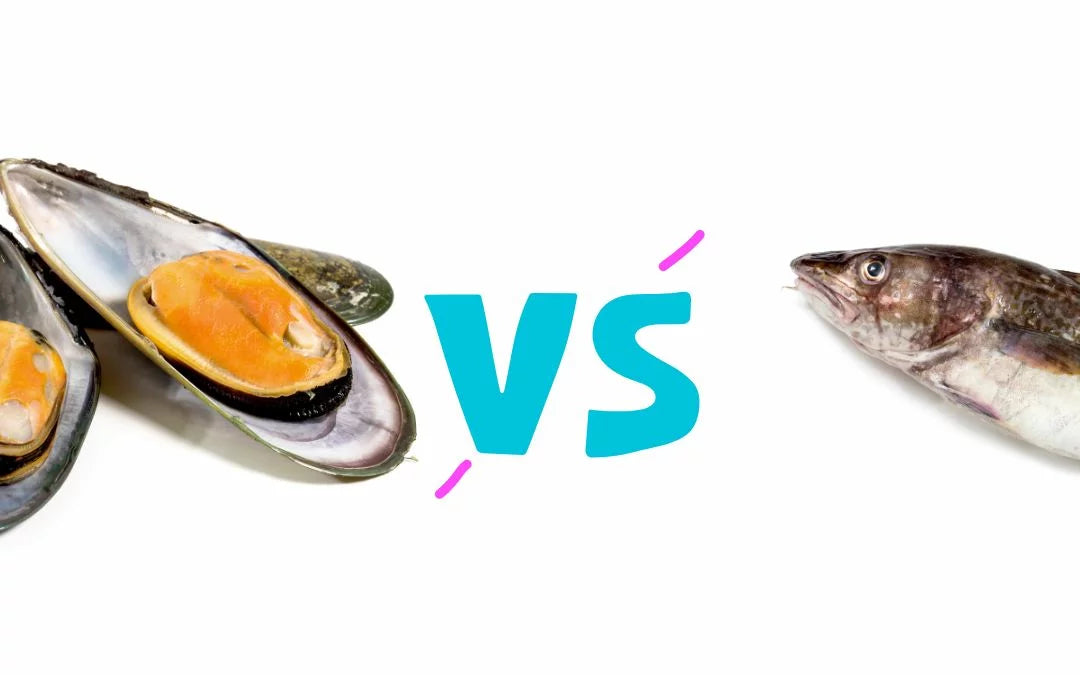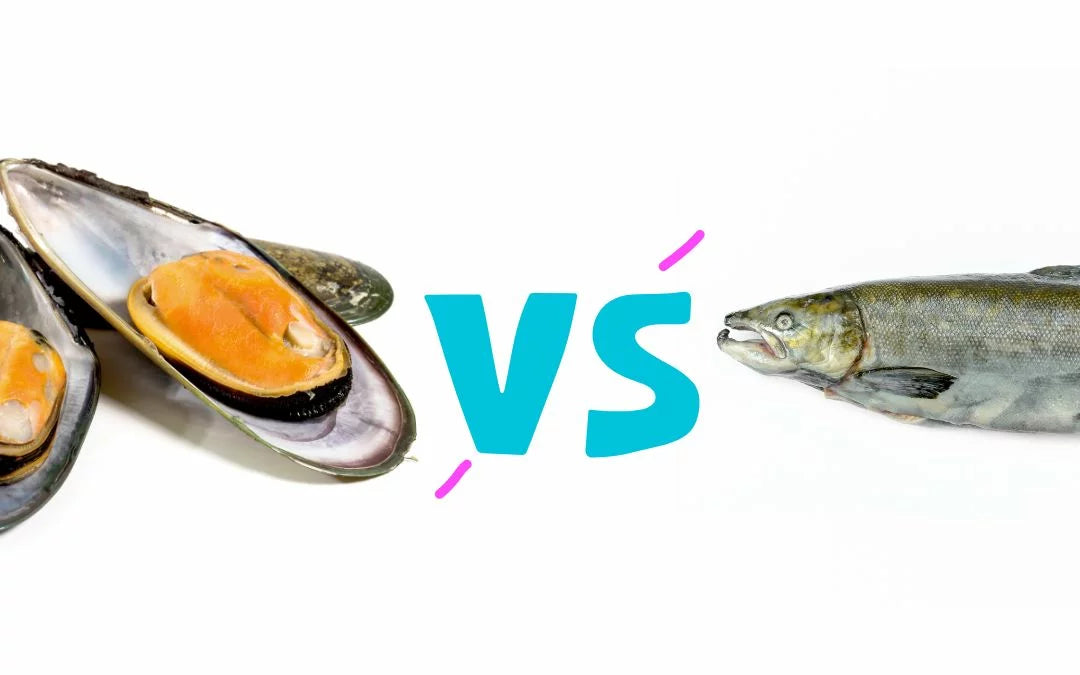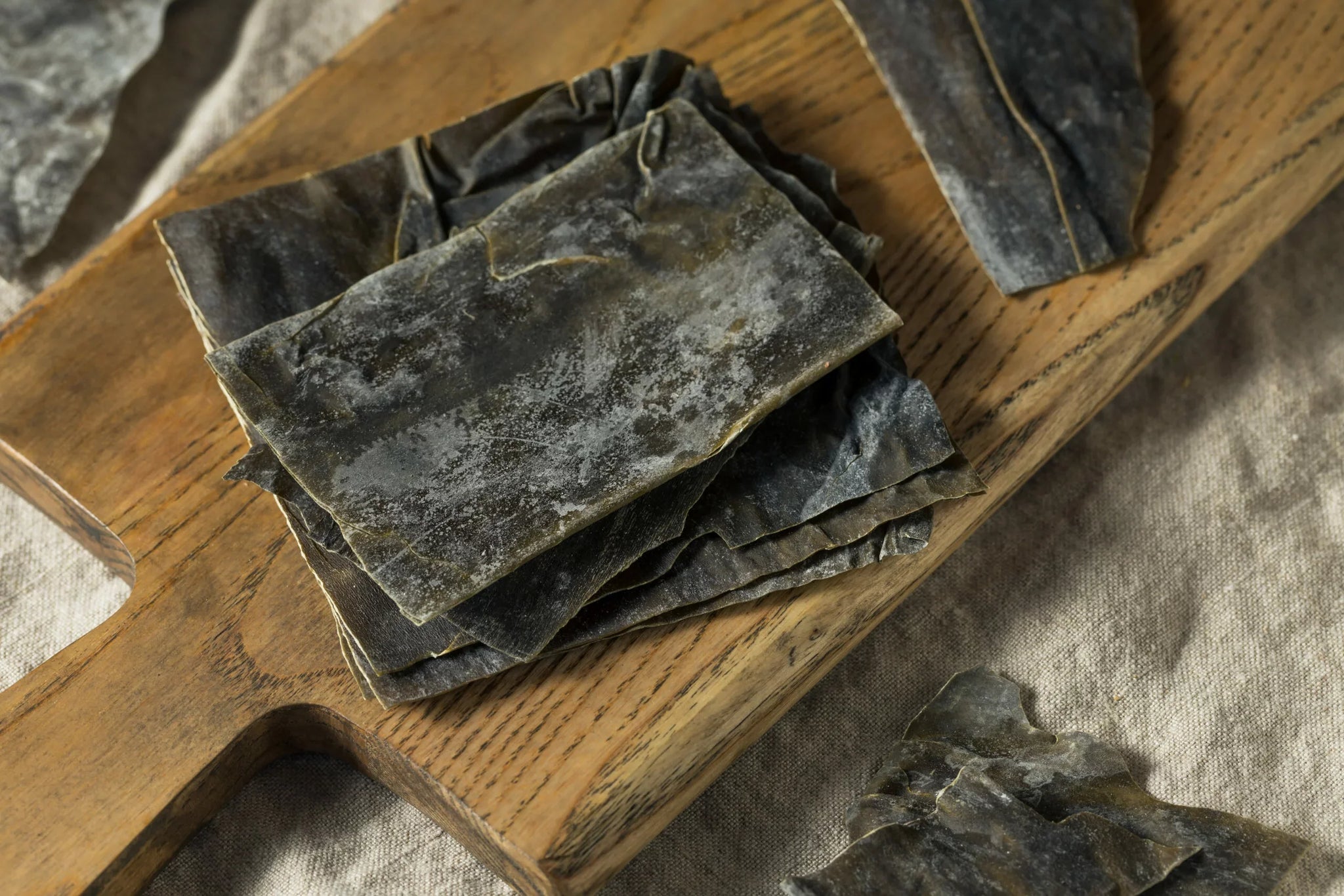What organisms produce Omega-3 fatty acids?

We talk a lot about Omega-3 fatty acids here on the GLX3 blog. They’re kind of a big deal — in fact, they’re the entire reason why we do what we do. Healthy omega-3s are on of the best natural ways to combat joint pain and inflammation. But where do these tiny superstars actually come from?
Earlier this month, we looked at how our New Zealand Green Lipped Mussel Oil supplement gets its Omega-3 power. But that piece told a very niche story. We thought it would help paint the big picture if we broke down where, exactly, Omega-3 fatty acids come from. The story is quite an intriguing one.
What organisms produce Omega-3 fatty acids?
Omega-3s are naturally formed in a number of organisms around the globe. Most notably, however, they are NOT produced by the human body, or the bodies of other mammals. While we need Omega-3s to be healthy, we must get them from outside sources.
Many people opt to take an Omega-3 supplement such as GLX3. Supplements made from New Zealand Green Lipped Mussel Oil such as this one, and others made from fish oil, give you the amount of Omega-3s that you need, but the marine life that produces the oil doesn’t actually produce the fatty acids. They get them from algae, which grows naturally in oceans and seas around the world. Because of this, algae is among the most common original sources of the Omega-3s that modern humans consume.
But it’s not the only one.
Nuts, beans, and seeds also contain Omega-3s, which are produced through the nutrients absorbed from the earth. Yellow and brown flax seeds are a great example. Flax seeds provide a high dose of Omega-3s and are an all-around whole food, making them an extremely healthy thing to consume on a regular basis. The same can be said for chia seeds and hemp seeds.
On the nutty side (get it?), walnuts are the only tree nut that is an original source of Omega-3 fatty acids. Four whole average-sized walnuts, weighing a total of about 3 ounces, contains over 7,500 milligrams of Omega-3 fatty acids — that’s a powerful punch against inflammation!
Soybeans contain a good amount of Omega-3s, as do Great Northern beans, kidney beans, and navy beans. Because of their presence in soybeans, common foods like tofu can provide a small amount of Omega-3s. Mung beans, the small greens common in Asia and also referred to as maash or moong, contain Omega-3s as well — though they can be tough to get ahold of depending on where you are in the world!
Which of these sources is most common in Omega-3 supplements?
This is a common question that we hear from readers and customers. While certain kinds of dried beans can be processed into an extract, there are no common Omega-3 supplements made with beans as the primary source. The same is true for nuts and seeds — you’re far more likely to get Omega-3s from eating these everyday foods than you are to get their Omega-3s through a supplement.
That leaves the marine sources. As we mentioned above our supplement, GLX3, harnesses the inflammation-reducing power of the New Zealand Green Lipped Mussel Oil, which is the strongest and most effective marine life oil for combatting joint pain and inflammation. Other supplements will use krill or other fish oils, while some harness the algae itself.
We break down what we use in our supplement and why it works from many angles on our blog, where we invite you to take charge of your health by becoming a Haka Life Warrior. You’ll join our community of health-minded folks across the globe, all harnessing the power mussel oil grown and harvested off the coast of New Zealand.










